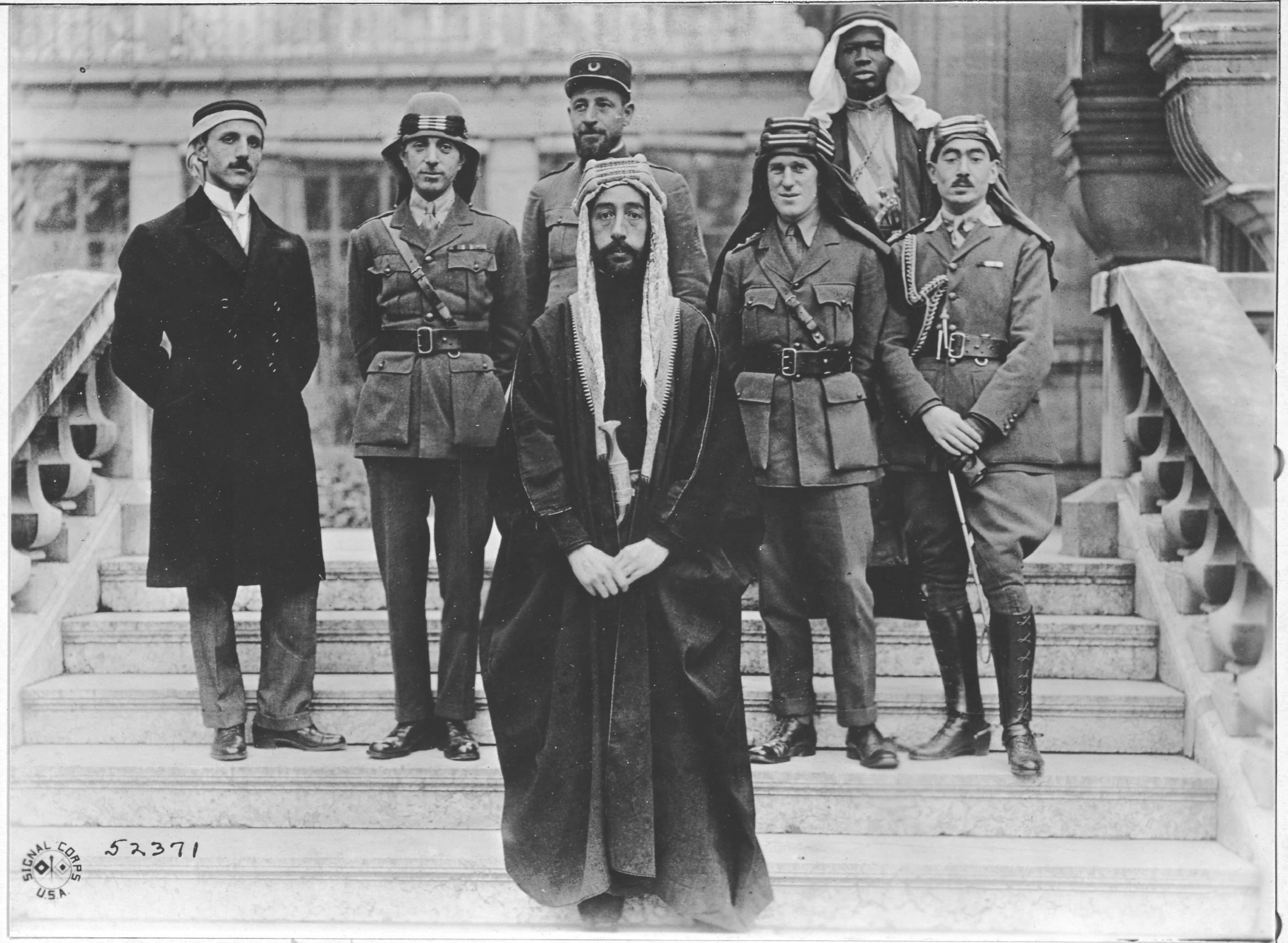|
Faisal I
Faisal I bin Al-Hussein bin Ali Al-Hashemi ( ar, فيصل الأول بن الحسين بن علي الهاشمي, ''Faysal el-Evvel bin al-Ḥusayn bin Alī el-Hâşimî''; 20 May 1885 – 8 September 1933) was King of the Arab Kingdom of Syria or Greater Syria in 1920, and was King of Iraq from 23 August 1921 until his death. He was the third son of Hussein bin Ali, the Grand Emir and Sharif of Mecca, who was proclaimed as King of the Arabs in June 1916. He was a 38th-generation direct descendant of Muhammad, as he belonged to the Hashemite family. Faisal fostered unity between Sunni and Shiite Muslims to encourage common loyalty and promote pan-Arabism in the goal of creating an Arab state that would include Iraq, Syria and the rest of the Fertile Crescent. While in power, Faisal tried to diversify his administration by including different ethnic and religious groups in offices. However, Faisal's attempt at pan-Arab nationalism possibly contributed to the isolation of ce ... [...More Info...] [...Related Items...] OR: [Wikipedia] [Google] [Baidu] |
King Of Iraq
The king of Iraq ( ar, ملك العراق, ''Malik al-‘Irāq'') was Iraq's head of state and monarch from 1921 to 1958. He served as the head of the Iraqi monarchy—the Hashemite dynasty. The king was addressed as His Majesty (صاحب الجلالة). History In the aftermath of World War I and the dissolution of the Ottoman Empire, the three provinces (''vilayets'') of Ottoman Iraq came under the control of the United Kingdom. Under British occupation, the people rebelled and Iraq showed itself a hard land to govern. In order to establish a pro-British client regime, a dynasty of Hashemite kings from the Hejaz region was established, beginning with Faisal I who was the son of Hussein bin Ali. As a family originating in the Hejaz, the House of Hashim was foreign to Iraq. The British Government appointed them as Iraq's royal family after a rigged plebiscite in 1921. The Hashemites were largely opposed by the Iraqi Shiites and Kurds. The Kingdom of Iraq existed until an I ... [...More Info...] [...Related Items...] OR: [Wikipedia] [Google] [Baidu] |
Mecca
Mecca (; officially Makkah al-Mukarramah, commonly shortened to Makkah ()) is a city and administrative center of the Mecca Province of Saudi Arabia, and the Holiest sites in Islam, holiest city in Islam. It is inland from Jeddah on the Red Sea, in a narrow valley above sea level. Its last recorded population was 1,578,722 in 2015. Its estimated metro population in 2020 is 2.042million, making it the List of cities in Saudi Arabia by population, third-most populated city in Saudi Arabia after Riyadh and Jeddah. Pilgrims more than triple this number every year during the Pilgrimage#Islam, pilgrimage, observed in the twelfth Islamic calendar, Hijri month of . Mecca is generally considered "the fountainhead and cradle of Islam". Mecca is revered in Islam as the birthplace of the Prophets and messengers in Islam, Islamic prophet Muhammad. The Hira cave atop the ("Mountain of Light"), just outside the city, is where Muslims believe the Quran was first revealed to Muhammad. Vis ... [...More Info...] [...Related Items...] OR: [Wikipedia] [Google] [Baidu] |
Sharifian Caliphate
The Sharifian Caliphate of the Hejaz ( ar, الخلافة الشريفية) was an Arab Muslim caliphate proclaimed by the Sharifian rulers of the Hashemite Kingdom of the Hejaz in 1924, in lieu of the Ottoman Caliphate. History The idea of the Sharifian Caliphate had been floating around since at least the 15th century. Toward the end of the 19th century, it started to gain importance due to the decline of the Ottoman Empire, which was heavily defeated in the Russo-Turkish War (1877–1878). There is little evidence, however, that the idea of a Sharifian Caliphate ever gained wide grassroots support in the Middle East or anywhere else for that matter. The Ottoman sultanate was abolished on 1 November 1922, in the midst of the Turkish War of Independence. The office of caliph, however, was retained for an additional sixteen months, during which it was held by Abdülmecid II. He served as caliph under the patronage of the newly founded Turkish Republic until 3 March 1924, whe ... [...More Info...] [...Related Items...] OR: [Wikipedia] [Google] [Baidu] |

